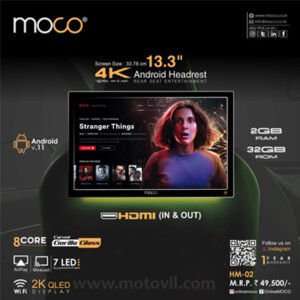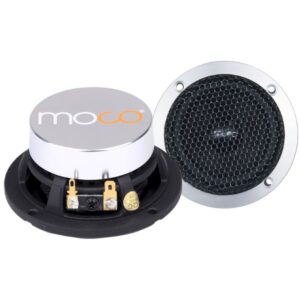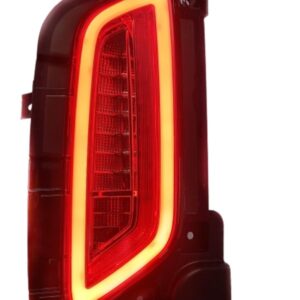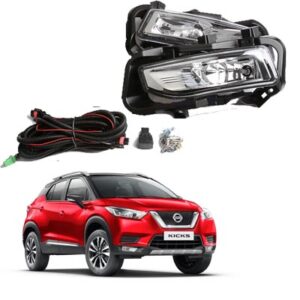The new car headlight technology has brought LED and HID lights to the forefront, offering drivers brighter and more durable options compared to traditional halogen bulbs. This guide will compare LED and HID headlights, exploring key factors such as brightness, cost, installation ease, durability, and color temperature. Whether you’re upgrading your car’s headlights or choosing between these options for a new vehicle, understanding the differences can help you make an informed decision.
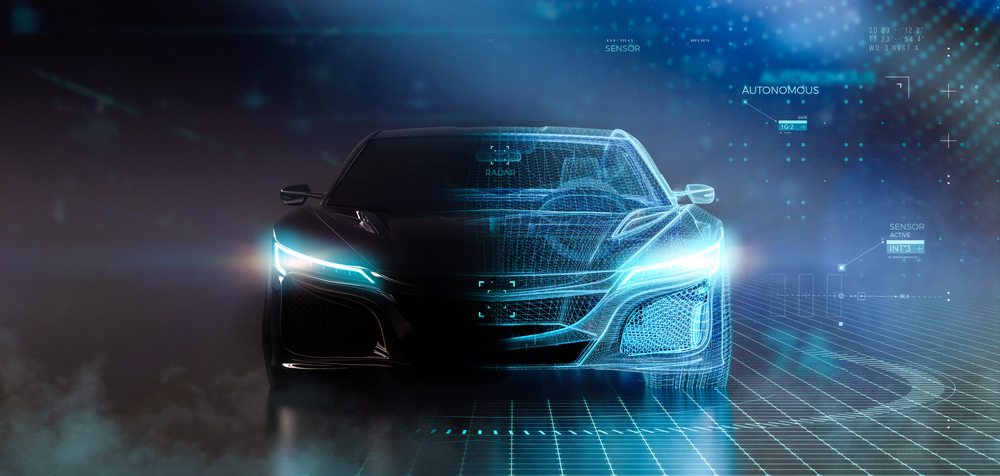
What are LED and HID Headlights?
Before diving into the comparison, it’s essential to understand what LED and HID headlights are and how they function.
- LED Headlights: Light Emitting Diodes (LEDs) use a semiconductor to emit light when an electric current passes through it. They are known for their efficiency, producing a bright, focused light that is often whiter than other types of headlights.
- HID Headlights: High-Intensity Discharge (HID) lights work by passing electricity through a gas (usually xenon) inside a bulb, creating a bright light. HID lights are known for their ability to produce a lot of light with relatively low power consumption.
Brightness Comparison
When it comes to brightness, LED headlights typically have an edge over HIDs.
- LED Headlights: These can produce up to 10,000 lumens, providing a very bright, white light that improves visibility, especially in dark conditions. The light emitted by LEDs is more focused, reducing the amount of light that scatters, which can help to reduce glare for oncoming traffic.
- HID Headlights: HIDs produce a slightly lower brightness level, usually around 7,000 to 8,000 lumens. However, HIDs often provide better coverage due to their wider beam pattern, which can be beneficial in certain driving conditions, such as fog or rain.
Durability and Lifespan
Durability is a crucial factor when considering an upgrade to LED or HID headlights.
- LED Headlights: LEDs are highly durable, with a typical lifespan of around 45,000 hours. This longevity makes them an excellent investment for long-term use. LEDs are also less prone to damage from vibrations, making them a reliable option for off-road driving.
- HID Headlights: HIDs have a shorter lifespan, usually around 15,000 hours. While still longer than traditional halogen bulbs, they are not as durable as LEDs. HIDs are also more sensitive to moisture and extreme temperatures, which can affect their performance and longevity.
Installation and Cost
The cost and ease of installation are significant considerations when choosing between LED and HID headlights.
- LED Headlights: Installing LEDs can be more complex and expensive. They often require a conversion kit, and due to the additional heat they generate, cooling systems like heat sinks or fans are necessary. This makes LED headlights more costly, both in terms of the initial purchase and installation.
- HID Headlights: HIDs are generally more affordable and easier to install. Like LEDs, they require a conversion kit if upgrading from halogen bulbs. However, HIDs do not require additional cooling systems, making the installation process simpler and less expensive.
Color Temperature and Safety
The color temperature of headlights affects both visibility and safety on the road.
- LED Headlights: LEDs typically produce a white light with a color temperature of up to 6,500K. This bright, white light is similar to daylight, improving visibility and reducing eye strain during nighttime driving. However, the focused beam can sometimes create glare for oncoming traffic if not properly aligned.
- HID Headlights: HIDs also produce a white light, usually with a color temperature between 4,000K and 6,500K. The wider beam pattern of HIDs can enhance visibility in foggy or rainy conditions, but like LEDs, improper alignment can cause glare for other drivers.
Conclusion: LED or HID – Which Should You Choose?
When deciding between LED and HID headlights, the choice depends on your specific needs and preferences.
- LED Headlights: If you prioritize brightness, durability, and a modern look, LED headlights are the superior option. They offer excellent long-term value despite the higher initial cost and installation complexity.
- HID Headlights: If you are looking for a more affordable solution that still offers significant brightness and better coverage, HIDs are a solid choice. They are particularly effective in varied weather conditions and are easier to install.
Ultimately, both LED and HID headlights represent a significant upgrade from traditional halogen bulbs, offering enhanced visibility and safety for drivers. By considering factors like brightness, durability, cost, and color temperature, you can make an informed decision that best suits your driving needs.
Folllow us on instagram to remain updated about latest car accessories.
